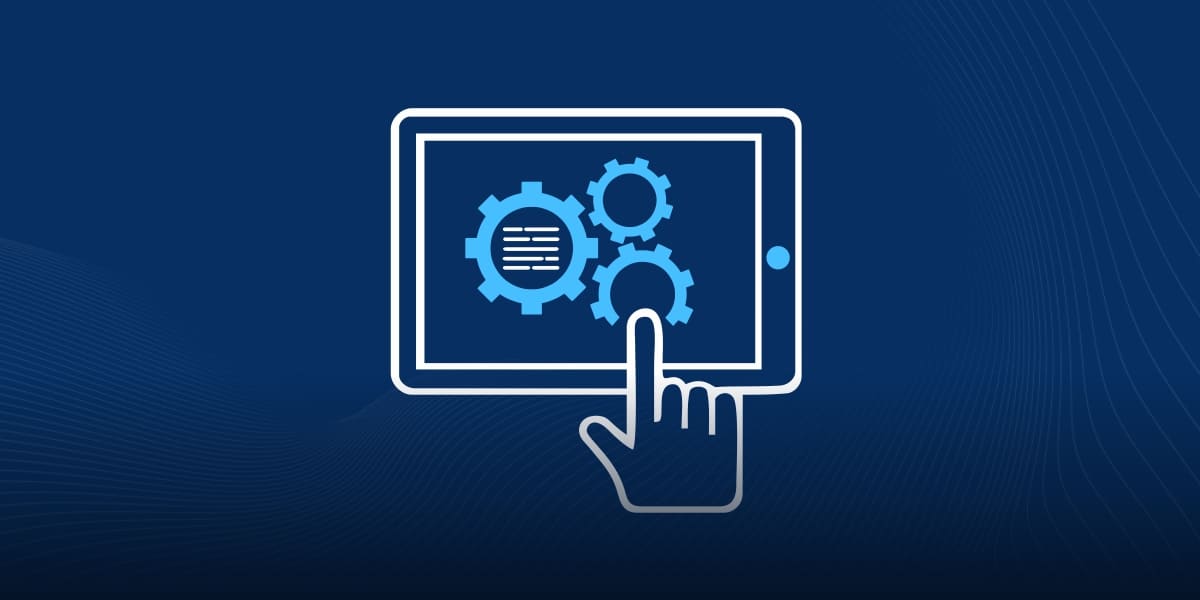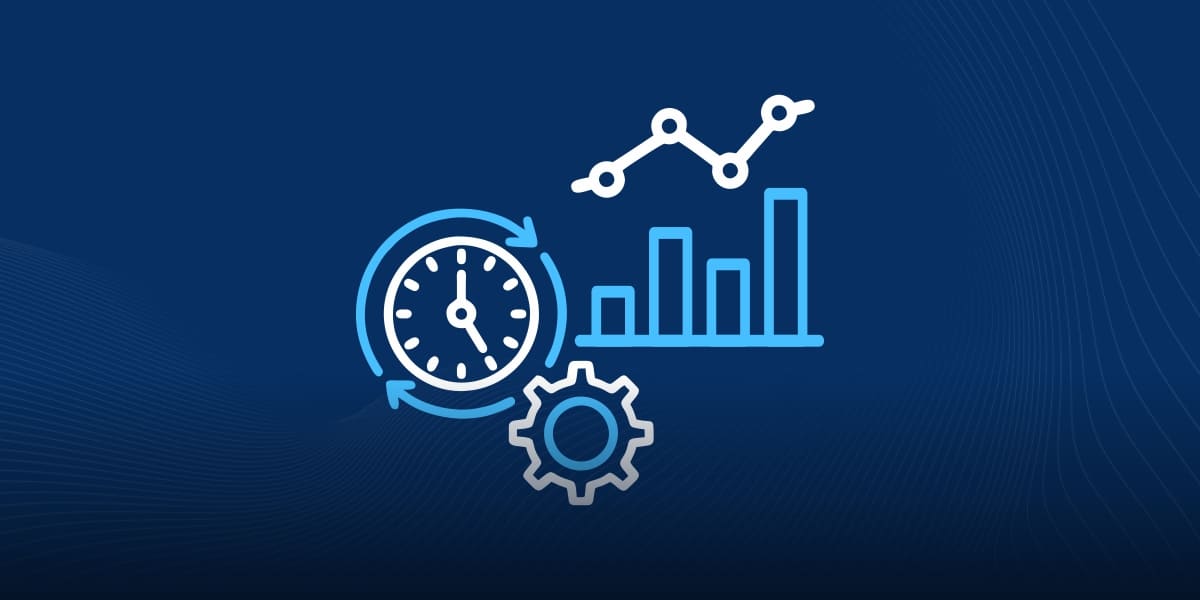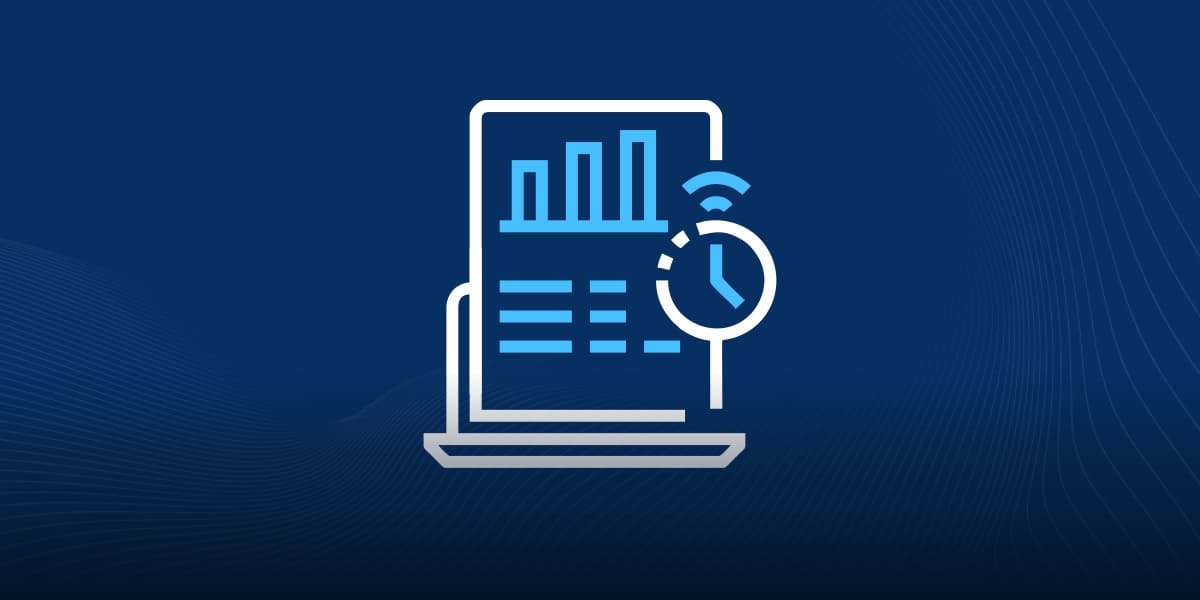According to a McKinsey study, 70 percent of digital transformation projects fail. It’s quite a paradox because the transformation is happening for growth and success. If this stat alone is anything to go by, it indicates that enterprises need to rethink their strategy and management of such transformations.
So how are those other 30 percent of enterprises succeeding with their digital overhauls? Well, data and analytics play a vital role in helping track the progress of the process. Any smart organization would know that any change needs to be managed. Even more so those that target the digital infrastructure of the company.
It’s not just about adopting new technologies but also putting them to the best use. This article will focus on understanding where exactly companies are going wrong and how they can use real-time data to achieve their original goals with digital transformation.
Which Metrics are Important for Tracking Digital Transformation?
The metrics you choose for gauging the progress of your enterprise’s digital overhaul depend on your goals. At the very basic level, the main goal for any company when taking a leap with its digital assets is to become more efficient and grow business. Since it’s about business, at the end of the day, so should be the metrics.
 You have the power of data at hand, but you need to pick the metrics that matter the most and give the real picture of the change. Obviously, such metrics would only be made possible by data that needs to be real-time, so you can observe as the change unfolds. It’s easier to take control early if a change isn’t producing the results you desire.
You have the power of data at hand, but you need to pick the metrics that matter the most and give the real picture of the change. Obviously, such metrics would only be made possible by data that needs to be real-time, so you can observe as the change unfolds. It’s easier to take control early if a change isn’t producing the results you desire.
But that’s all simply talk, so what are the important metrics for tracking digital infrastructure transformation?
Internal Efficiency
 For most enterprises, the best indicator of progress is a measurable internal success. By internal success, we mean how the transformation and the inclusion of new technologies affecting the digital teams. Is the workflow more efficient? Does it take less time to repair infrastructure issues? How preemptive is the detection in the first place?
For most enterprises, the best indicator of progress is a measurable internal success. By internal success, we mean how the transformation and the inclusion of new technologies affecting the digital teams. Is the workflow more efficient? Does it take less time to repair infrastructure issues? How preemptive is the detection in the first place?
These questions should ideally give you a reliable round-up of the internal implications, which, mind you, will indirectly impact external success, too. If internal teams are performing better, it will likely improve the delivery of services to the consumers.
Time Saved
We go back to the clichéd saying ‘time is money.’ One of the best metrics to track your digital transformation is time. How much time are you saving doing the same things you did before? Time saved is equal to money saved. It can be difficult to track for manual operations, but not so much for anything automated.
Customer Experience
 Another extremely vital aspect of your digital transformation journey is evaluating the customer experience. This metric may vary by different business models, whether they are B2B, B2C, or a hybrid. You need real-time data to track consumer interaction with the new technology you have implemented. As one study from Computers in Human Behavior shows, technology can impact the consumer decision-making process.
Another extremely vital aspect of your digital transformation journey is evaluating the customer experience. This metric may vary by different business models, whether they are B2B, B2C, or a hybrid. You need real-time data to track consumer interaction with the new technology you have implemented. As one study from Computers in Human Behavior shows, technology can impact the consumer decision-making process.
Innovation Rate
If you’re going through a digital transformation, chances are you’re employing new technology in your infrastructure. So the best way to measure how impactful the changes are you can look at the innovation rate. It’s basically a measure of how innovative a company is in terms of processes, services, and products.
 Operational Efficiency
Operational Efficiency
A lot of the time, manual operations get automated when companies are transforming digitally. The general expectation with automation is that the operation would get more efficient and cost-effective. But you can’t know that until you have the data proving so. Therefore, it’s imperative to see how the productivity has improved, both for specific operations and overall.
Why Use Real-Time Data?
Now that we’ve discussed which metrics are important, it’s also vital to discuss data, specifically real-time data. Whether you choose the above metrics and KPIs or your own, they should be based on real-time data. You can have a team designated to use this data and analyze it.
It should rather be a standard given how modern enterprises rely on data for important decision-making. However, in the context of tracking digital transformation, the data has to be real-time if you want to make quick adjustments. When metrics aren’t going your way, you can pivot your strategy and adapt, rather than sticking to the original plan.
 Monitoring is at the center of this real-time data-based transformation analysis. With proper monitoring tools installed at different layers of the infrastructure, teams responsible can keep an eye on the progress. All those tens of thousands of data points will help paint digestible information for executives.
Monitoring is at the center of this real-time data-based transformation analysis. With proper monitoring tools installed at different layers of the infrastructure, teams responsible can keep an eye on the progress. All those tens of thousands of data points will help paint digestible information for executives.
In other words, real-time monitoring is essential to digital transformation, and that’s where a lot of companies are going wrong. If you’ve not used powerful monitoring for your infrastructure before, it’s hands-down necessary now with the new changes. Without monitoring system performance, you can’t measure some of the important metrics.
VirtualMetric monitoring tools suite covers the different parts of the tech infrastructure, from servers to applications. While focusing on performance, it can also pinpoint flaws in your security protocols. This brings us to another important point about monitoring transformation, which is security.
Real-time data, especially about network technology, can help you identify security loopholes if any are created with the digital transformation. You don’t want to take a step forward only to take two steps back. That’s why monitoring also serves as a security analysis of the new infrastructure.
Final Words
The investment in digital transformation is expected to grow to nearly $2 trillion in 2022. If we go back to the first stat where 70 percent of enterprises are failing, you can just imagine the loss. To ensure your organization is not among those, make sure to rely on powerful metrics that, in turn, use real-time data.
Monitoring performance will play an important role in realizing the goals of the transformation. Of course, your strategy and timing need to be strong too. But that’s something you need to figure out before implementing the changes.


Leave a Reply